uPVC Windows & Doors in Bristol
Buying replacement windows and doors is a big investment. At Sharpes Windows and doors we understand that.
We understand that you need to have confidence in the business you buy from – confidence that they know both their products and the area in which you live. We are confident that we can give you that assurance.
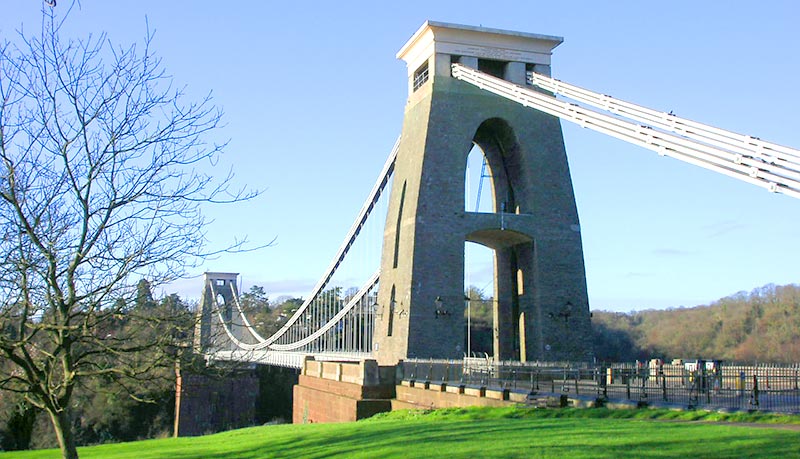
Clifton Suspension Bridge, Bristol
Family-Run Double-Glazing Specialist
Based in Sherston in Wiltshire, Sharpes windows and doors is a family-run double-glazing specialist servicing homes and businesses throughout the Wilts and Gloucester area including Bristol (we’re just over half an hour away from the city).
We bring to you over fifteen years of industry experience spanning sales, manufacturing and installation from which we have drawn a broad spectrum of knowledge. And that enables us to deal with any project of any size with the professionalism you’d expect.
It’s a point of pride with us to give our customers a personal service and no high-pressure sales techniques.

10 Year Guarantee on All Installations
Sharpes Windows and Doors is industry-regulated and offers a 10-year guarantee on all installations. We don’t subcontract: all our fitters are employed directly by us and our management team has many years of hands-on trade experience.
No matter what the style of window, door or conservatory you are looking for we strive to bring you the most up-to-date, energy efficient and secure products that we can. What’s more we do it at prices that are down-to-earth, realistic and competitive.
Sharpes are at the sharp end of the double-glazing industry
Our range of windows, doors and conservatories is comprehensive in terms of style and choice of material. Not just in uPVC – wood and aluminium is available too. The product selection includes but is not restricted to:
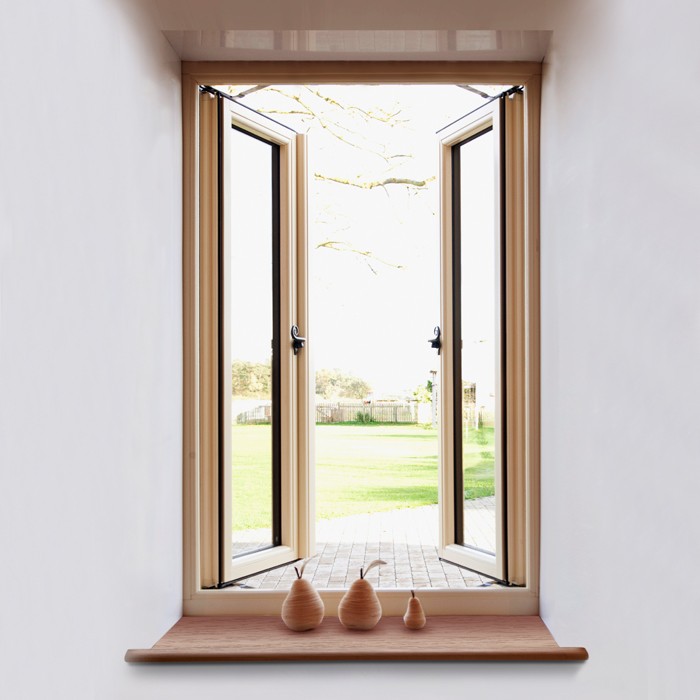
Windows
- Fully reversible uPVC windows
- Casement and Tilt and Turn
- Sash windows
- Secondary double glazing
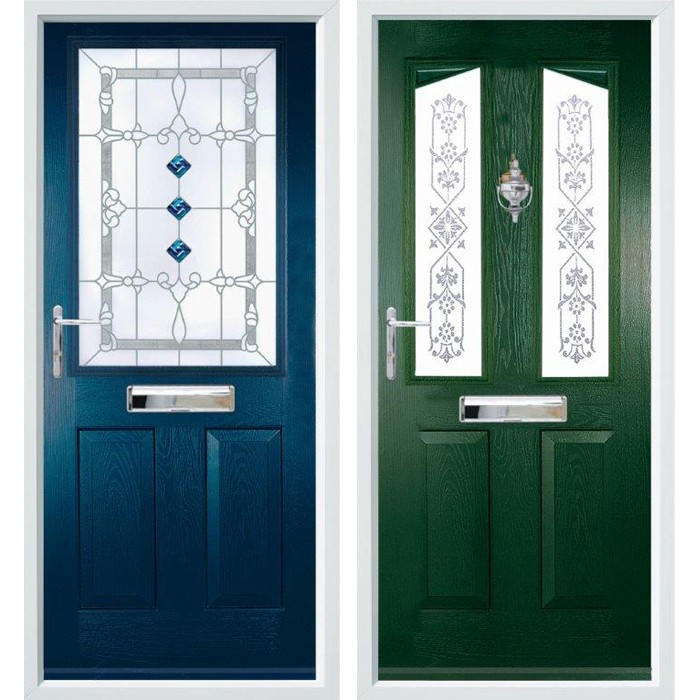
Doors
- Steel commercial doors
- Composite exterior doors for front or back of house
- Patio, bi-fold and French doors
- Stable doors – closing before the horse (or toddler) bolts is recommended!
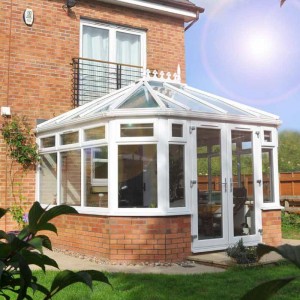
Conservatories
A range of conservatories are available to suit your taste and your home. They can be fully glazed or part brick and glazing. The styles include:
- Lean-To
- T-Shape
- Victorian and Edwardian
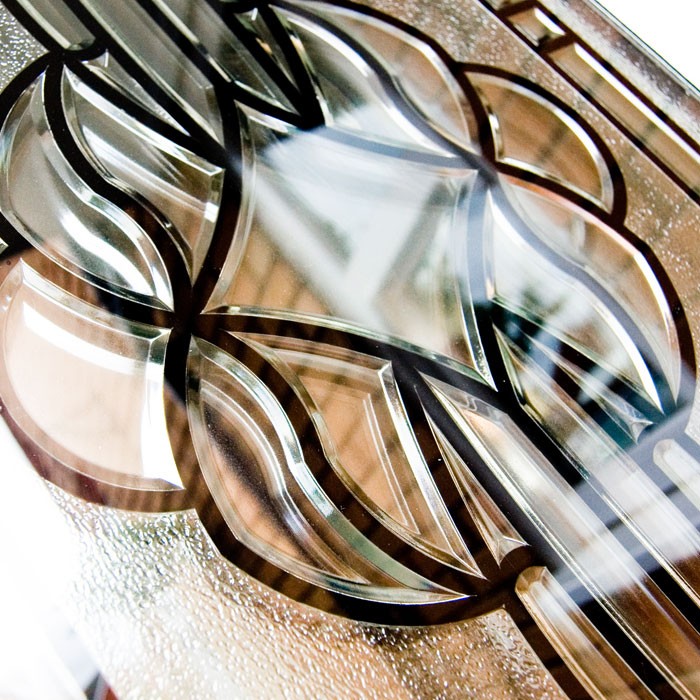
Glazing
Alongside clear glass for general use we offer a range of speciality glass for specific glazing needs–adding a personal touch to a fanlight perhaps or obscuring a less-than delightful outlook. You can choose from:
- Textured, etched and obscure
- Stained and patterned
- Leaded
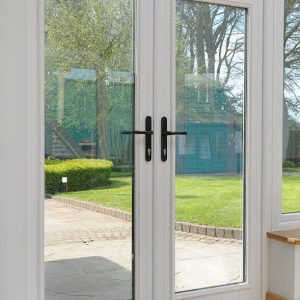
Supply Only Service
Should you be a builder or a competent DIY-er and not in need of a Sharpes fitter to do the installation work for you, you can take advantage of the Sharpes supply-only service.
Windows, doors and conservatories come as bespoke, made-to-measure kits to meet your specific needs.
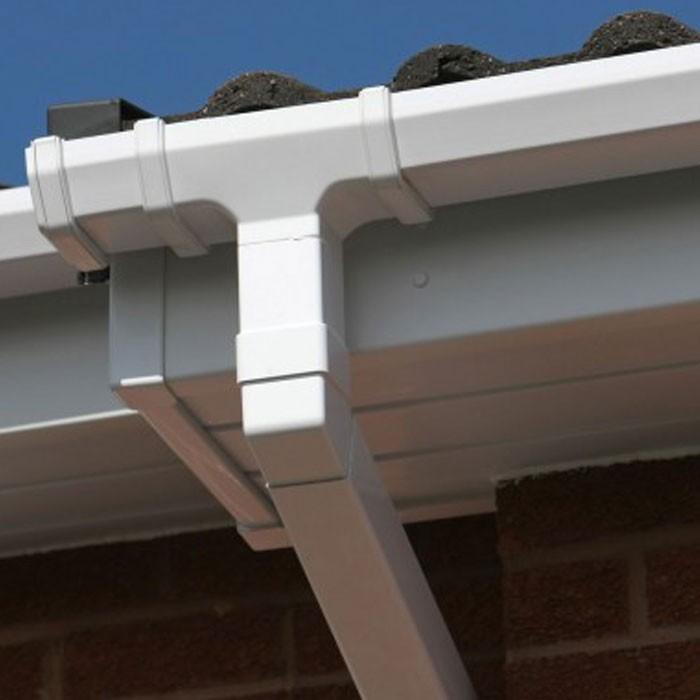
Roofline
Along with windows and doors we can also supply and install roofline products (your one-stop shop for all things UPVC):
- Roof Guttering
- Fascias
- Soffits and Cladding
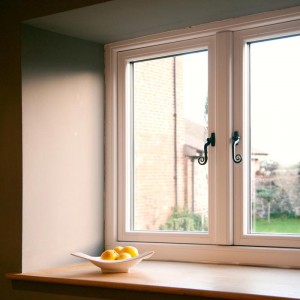
Suppliers
We source our products from reputable companies such as Pilkington, Veka and Yale so you can be assured of quality products when you purchase your doors and double-glazing from us.
Whether you are looking for full replacements or simply window repairs to existing window systems that still have life left in them then Sharpes can help.
Doors & Windows – What’s Popular in Bristol?
It’s said that an Englishman’s home is his castle. Well up until relatively recently the vast majority of entrances to the suburban castle have been made of timber. Though still a popular choice the advent of new technologies in door manufacture have allowed alternatives that offer security and warmth while being free from the long term problems of warping and twisting associated with timber doors.
The uPVC door is now one of the most popular choices for front and rear doors – in Bristol as with most places. The glazing options available allow you to give your doors individuality while enjoying the benefits of double-glazing technology, low-maintenance and durability.
Composite doors offer further choice for guarding your castle. Available in a range of colours and in a wood-grain effect these are the nearest you can come to a timber door without the levels of maintenance required to keep them at their best.
Bristol has many Georgian and Georgian-style homes so the Georgian bar and box sash windows are perennially popular. White remains the popular choice of colour although rosewood and golden oak finishes are close behind.
A conservatory is a cost-effective way of bringing more space to your home and affording the opportunity to enjoy the garden even when the inclement British weather keeps you indoors. A frequently chosen conservatory is the Victorian because it complements almost any style of property and is easily adapted for large spaces or small.
Architecture in Bristol – Inspiration for Your Home
To help you find inspiration and resources for your own home redesigns, here is some interesting and useful background information on the architectural styles prevalent in Bristol and the places you can visit to see them.
Bristol has a smorgasbord of architectural styles. The city’s groaning architectural banquet ranges from the medieval to the Brutalism of the 20th century with most things beyond and between. Unique to the city is a style known as Bristol Byzantine–several examples of which have survived. Notable buildings in this style include the Colston Hall, Brown’s restaurant, the Wool Hall and Gardiners warehouse.
If Georgian architecture is your thing then there’s a Bristol buffet of Corinthian columns, pedimented doorways, stone window arches and sash windows to pick from. The Clifton area features a great deal of Georgian architecture. As is demonstrated in this blog, Sion Hill, overlooking the Clifton Suspension Bridge features some typical Georgian houses. Royal York Crescent is a late Georgian development. Down in the city a very grand example of a Georgian House is 29 Queen Square while Queen’s Parade features smaller and simpler houses.
If you want to know more about the city’s architecture and how local folks used to live there’s at least two fascinating ways of doing so.
Every year the city celebrates its architecture and culture with the Bristol Open Doors day. This is your chance to explore for free when over sixty local buildings from the historic to the contemporary open their doors and allow access to places that are usually closed or charge admission. It’s a great opportunity to discover the city’s architectural treasures.
However if you don’t want to wait for one September Saturday to see some of the buildings that take part then there’s an architecture walking trail. You can be a traditionalist and print off a leaflet or you can go all 21st century and get a smartphone app via the Bristol opening doors website.
The M-Shed has to be worth a visit to experience all aspects of the city’s story, not just its architecture. The Bristol places gallery at the M-Shed ‘focuses on the physical and dynamic city – the ways that people have shaped and experienced it and continue to do so.’ This gallery features many aspects of life in the city ranging from WWII to transport and the changes to the homes and places in which locals have lived and worked over the years.
But if that’s the architectural past then what about the future? Well, also worth a visit is Bristol’s Architecture Centre – championing better places and buildings for people to live and work in.
Aside from these architectural tapas individual dishes can be sampled in detail.
Built in 1925, the Neo-Gothic Wills Memorial Building on Park Street houses Bristol’s university’s School of Law and Earth Sciences. Its Tower tour is worth the climb for the spectacular views it affords when you breathlessly get to the top.
Come right down to earth in the area of Hotwells where there’s a variety of notable architecture that includes the Church of the Holy Trinity, Albermarle Row–a Georgian terrace and the Pump House–the one-time power plant for the bridges of Bristol Harbour and now a public house. Opposite the Pump House is a delightful row of fisherman’s cottages dating from 1831.
So now you know something of Bristol’s building past you might have some ideas of what you’d like to see in your own home. To take those ideas further talk to us at Sharpes and find out how we can help you.
Get in touch
What’s popular in Bristol?
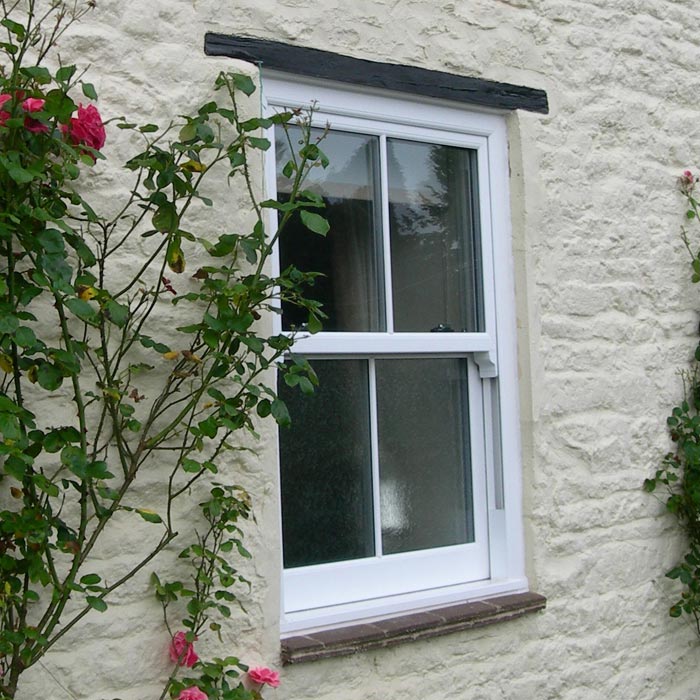
"Bristol has many Georgian and Georgian-style homes so the Georgian bar and box sash windows are perennially popular."
Testimonials
You are the local expert in this area and I always try to support local business. You have a good reputation and I have always found you full of advice and able to solve window and door problems . I am very pleased with all the work you had done for me. You came highly recommended to me and I have continued to happily pass on recommendations to all!!
March 2024
I have just had all my windows refitted by Phil Sharpe not only was he very competitive but from start to finish he has kept me informed of progress and fitted around my work schedule. The work was carried out with care and efficiency with little distribution and to a high standard even cleaning up after. If you are looking for a trustworthy window fitter I would definitely recommend Phil.
February 2021
We approached Sharpes after another “quality” windows supplier provided a job quotation that was outlandish in terms of price, requirements for scaffolding and their representative didn’t seem that happy to do the job. Sharpes on the other hand were excellent on all counts, attentive to what the customer wanted, ready to offer solutions and just…
January 2021
We have no hesitation in recommending Phil. We had all our windows, doors and fascia boards replaced and we are delighted with the results. We couldn’t fault Phil on his workmanship, and his friendly but professional approach to every aspect of the job. He is a clean and very tidy worker and left everything immaculate each day.
Thanks Phil and Brian for an amazing job!
January 2021
We’ve no hesitation in recommending Sharpes Windows and Doors. Phil took time to evaluate our needs and offered a range of alternatives; at no time did we feel pressured. Having chosen the system, the quote was clear, comprehensive, and, importantly for a fellow Yorkshireman, very competetive. The installation commenced on schedule and was executed to…
November 2019
The service we received from Sharpes Windows was first class from start to finish. We were delighted with the quality of the windows and doors we had fitted, and the installation was completed to an exemplary standard. However it was the details that made the difference: we were helped at every stage to ensure the…
January 2019
We first came into contact with Sharpes two years ago on a building project in which they were contracted to supply and fit the windows and doors. We were impressed with the quality of the products as well as the installation. We have since recommended the company to all our customers and have worked with them on a number of projects. This is due to their professionalism, reliability, service and range of products.
January 2019
We found Phil to be extremely professional and knowledgeable. He was a very tidy, precise and quick worker and nothing was too much trouble. Punctual and reliable, we would highly recommend his double glazing service.
March 2018
Phil has made a fantastic job of replacing our windows and roofline.
He was both professional and personable and we are delighted with the finished result.
We have had no hesitation in recommending him to family and friends, and we were so glad that we chose a friendly local company to do business with.
December 2017
We found Phil very helpful, meeting all our requirements. We are very happy and pleased with the results and would thoroughly recommend Sharpes Windows to anyone.
December 2017
Conservatories in Bristol
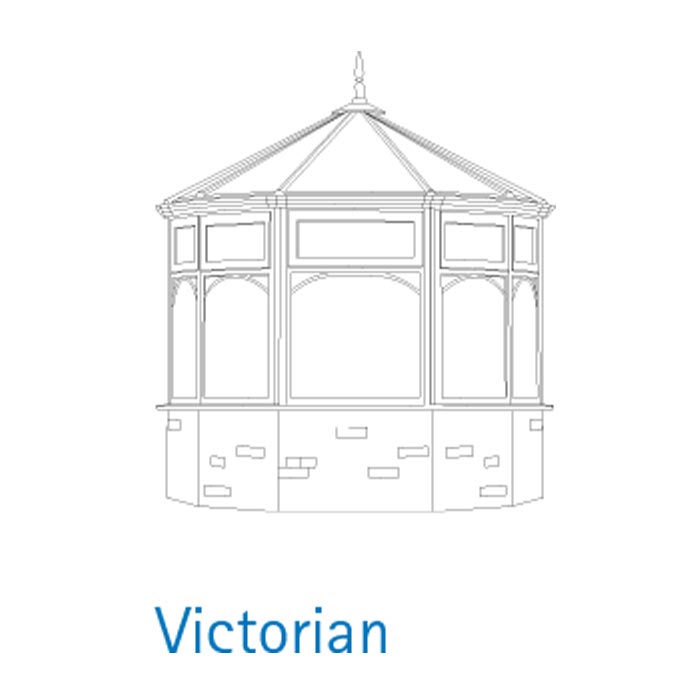
"A frequently chosen conservatory is the Victorian because it complements almost any style of property and is easily adapted for large spaces or small."









